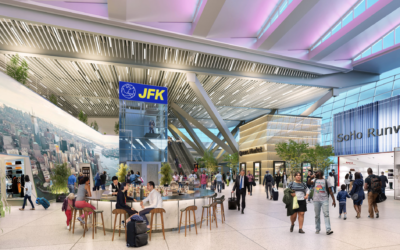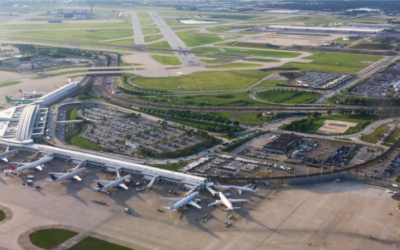In a move airport industry officials hope provides additional tools to help alleviate congestion and delays, the U.S. Department of Transportation this month tweaked its rates and charges policy to allow the use of market incentives to spread flights throughout the day.
Overcrowded airports can move away from charging landing fees based on weight and instead have the flexibility to charge based on the time flights depart. The new policy also allows operators to include the cost of capacity-expansion projects in landing fees in order to offset financing costs, once they have been completed.
Transportation Secretary Mary Peters announced the change at the Energy/Air Summit in early July.
“It is imperative that airports and airlines have maximum flexibility in the face [of] this crisis,” she says.
Airports Council International-North America officials commended the move, saying it affirms the role airports play in managing congestion at their facilities. Debby McElroy, executive vice president for policy and external affairs, says it’s too early to say how many – if any – airports will utilize the rule changes.
But the change also comes at a time when airports large and small are evaluating the impact potential service reductions will have on their facilities.
“What we do know is that unfortunately the airline industry is cyclical,” she says. “We are very concerned about the current financial difficulties. History has shown that traffic will continue to increase. Airports need to be prepared to address congestion now and in the future.”
ACI-NA believes that these rule changes, along with overdue investments in upgrading air traffic control technology, are vital for improving customer service and reducing congestion.
“Many people are disappointed that the air traffic control modernization is not moving more quickly,” McElroy says. “That’s one of the reasons we think this amendment is so important. If air traffic modernization doesn’t move as quickly as possible, airports have been provided more tools.”
The Air Transport Association, which represents U.S. airlines, filed comments with the U.S. DOT opposing the policy change. The organization believes capacity enhancements through technology upgrades and airspace redesigns are the answer to congestion.
“We disagree with DOT on all three components and will consider all options in our opposition,” says David Castelveter, spokesman for the organization.





